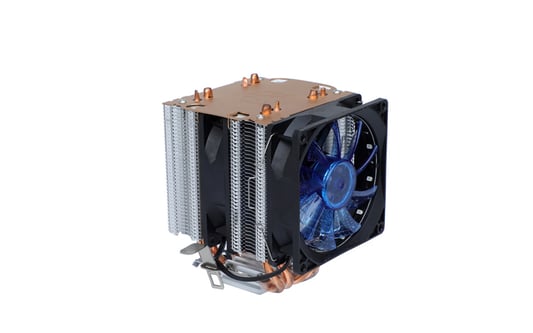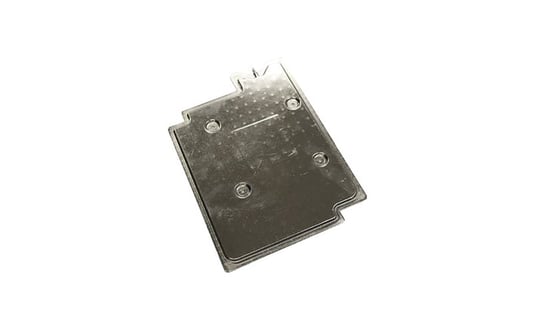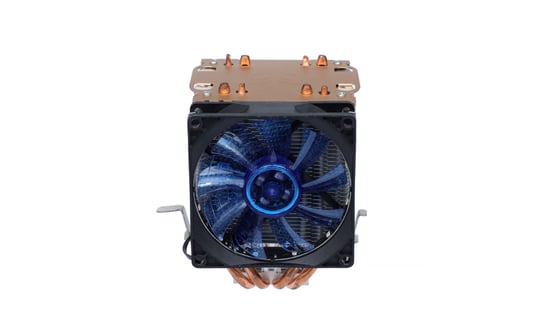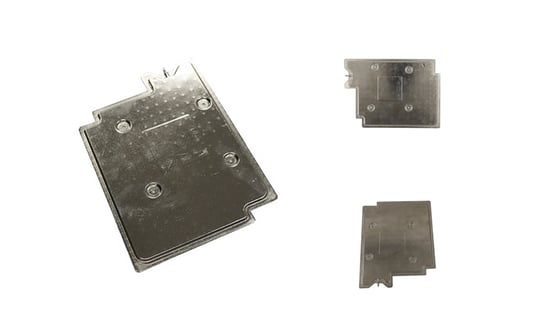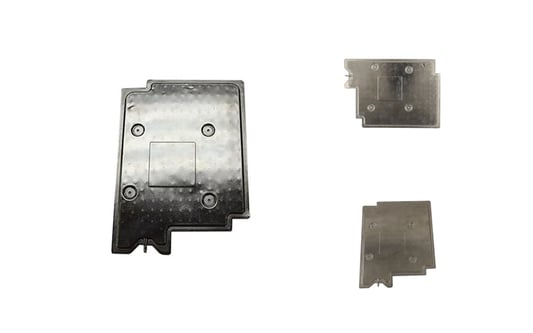Screw Mount Heat SinksScrew mount heat sinks are designed to be securely attached to a surface using screws or other fasteners. This ensures a stable and reliable connection, which is important for effective heat dissipation. These heat sinks are popular in applications where the thermal management requirements are more demanding.Clip-On Heat SinksClip-on heat sinks, on the other hand, are easier to install as they simply clip onto the component without the need for screws. This makes them a convenient option for applications where quick and easy installation is a priority. However, clip-on heat sinks may not provide as secure of a connection as screw mount heat sinks.Thermal PerformanceWhen it comes to thermal performance, screw mount heat sinks typically offer better heat dissipation capabilities compared to clip-on heat sinks. The direct contact with the mounting surface allows for efficient transfer of heat, resulting in lower operating temperatures for the component.Installation ProcessIn terms of installation process, screw mount heat sinks require more time and effort to install due to the need for screws and fasteners. On the other hand, clip-on heat sinks can be quickly attached and removed without the use of any tools, making them a more convenient option for some applications.CompatibilityWhen considering compatibility, it's important to note that not all components may be suitable for screw mount heat sinks. Some components may not have the necessary mounting holes or may require a specific mounting mechanism. Clip-on heat sinks, on the other hand, can be more versatile and compatible with a wider range of components.Cost ConsiderationsIn terms of cost, screw mount heat sinks are generally more expensive than clip-on heat sinks due to the additional hardware required for installation. If budget is a concern, clip-on heat sinks may be a more cost-effective option for thermal management.Reliability and DurabilityWhen it comes to reliability and durability, screw mount heat sinks are typically more robust and secure compared to clip-on heat sinks. The screw mount design ensures a stable connection that is less prone to loosening or shifting during operation, making them a more reliable option for long-term use.Application SpecificityDepending on the specific requirements of your application, either a screw mount or clip-on heat sink may be more suitable. Consider factors such as thermal performance, installation ease, cost, compatibility, and reliability when choosing the right type of heat sink for your needs.ConclusionIn conclusion, both screw mount and clip-on heat sinks have their own advantages and considerations. While screw mount heat sinks offer better thermal performance and reliability, clip-on heat sinks are more convenient and cost-effective. Consider the specific requirements of your application to determine which type of heat sink is the best fit.Quote Inquirycontact us


